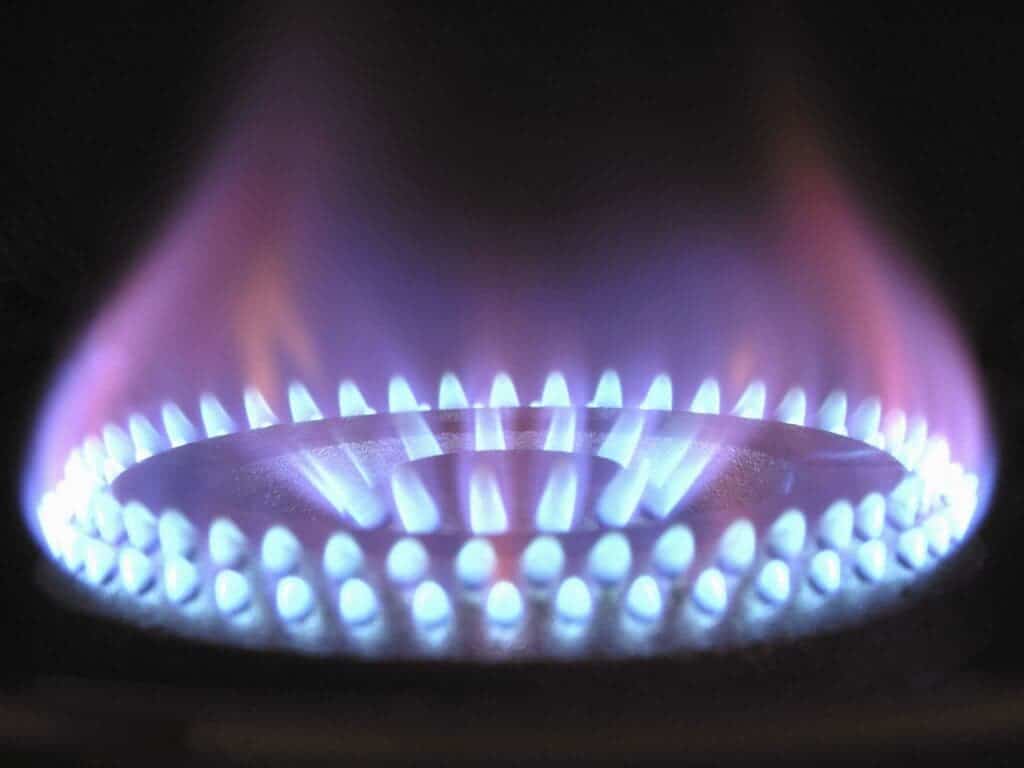Europe is undergoing a crisis. Virtually the entire continent has been recently shaken up by Russia’s decision to send less natural gas, retaliating against the sanctions imposed against it for invading Ukraine. It’s about to be a rough winter, but the unplanned cut of gas shipments could actually be a very efficient driver of Europe’s energy transition to renewables, according to a new study.

Russia is currently the largest contributor of natural gas to Europe, accounting for 34% of the bloc’s gas consumption in 2019. Due to Russia’s invasion of Ukraine, these imports may be discontinued, which will be massively problematic in the short run. The International Energy Agency has even warned Russia could cut all of Europe’s gas supplies this winter, and Russia has also threatened this.
With this in mind, researchers at Aarhus University wanted to calculate the long-term effects of cutting Russian gas for the decarbonization of the European energy system. Their study is based on a high-resolution model of the entire European energy system and showed that cutting off the gas could have a positive effect in terms of emissions.
“With the phasing out of Russian gas, we no longer have enough gas for this so-called transition phase. This means that we have to choose between investing in the immediate installation of large amounts of wind and solar energy or falling back on the other options, including coal,” Gorm Bruun Andresen, study author, said in a statement.
Europe’s energy transition
The study includes two scenarios for Europe’s energy transition: one has an ambitious goal targeting a global temperature increase below 1.5°C and the other one has a more moderate goal, aiming for a temperature increase below 2°C. The two are included in the Paris Agreement on climate change signed in 2015 by virtually every country.
Meeting the 1.5°C scenario means taking most natural gas out of the system before 2030, both with and without reduced gas availability. Under this scenario, gas can’t be used as a transition from fossil fuels to green energy, because it too is a fossil fuel and if we’d use it, we’d produce emissions that would blow us off course for a heating of “just” 1.5°C. This scenario would require a super fast electrification of the heating sector.
For the 2°C scenario, the researchers found differences between limited and unlimited gas resources. With sufficient availability, it would be more cost-efficient to use gas as a transitional fuel. However, when gas availability is capped (as is likely to be the case for Europe now), its role as a transitional fuel is challenged and more costly alternatives have to be implemented.
The main response to gas scarcity in the 2°C scenario is delaying the phase-out of coal by a decade, building wind and solar PV capacities much faster before 2030 — ultimately, this leads to electrifying the heating sector in a shorter period of time before 2030, the study showed. The latter is in contrast to a gradual transition toward 2050 seen with an unlimited supply of natural gas.
Comparing the two climate scenarios, the researchers found that in the medium-term, meaning before 2030, gas scarcity would drive a rapid transformation of the energy system. However, after 2030, only the 1.5°C scenario allows Europe to achieve energy independence sooner rather than later while decreasing the chances of suffering the worst climate impacts.
“A reduction in Europe’s total gas supply could help accelerate the upscaling of renewable energy sources, provided countries uphold their climate ambitions. If not, we simply risk that other fossil fuels will replace gas in the interim period towards full decarbonization,” Bruun Andersen said. “We need to install approx. 400 GW per year in the years 2025-2035, and this will be a huge challenge.”
The study was published in the journal Joule.









